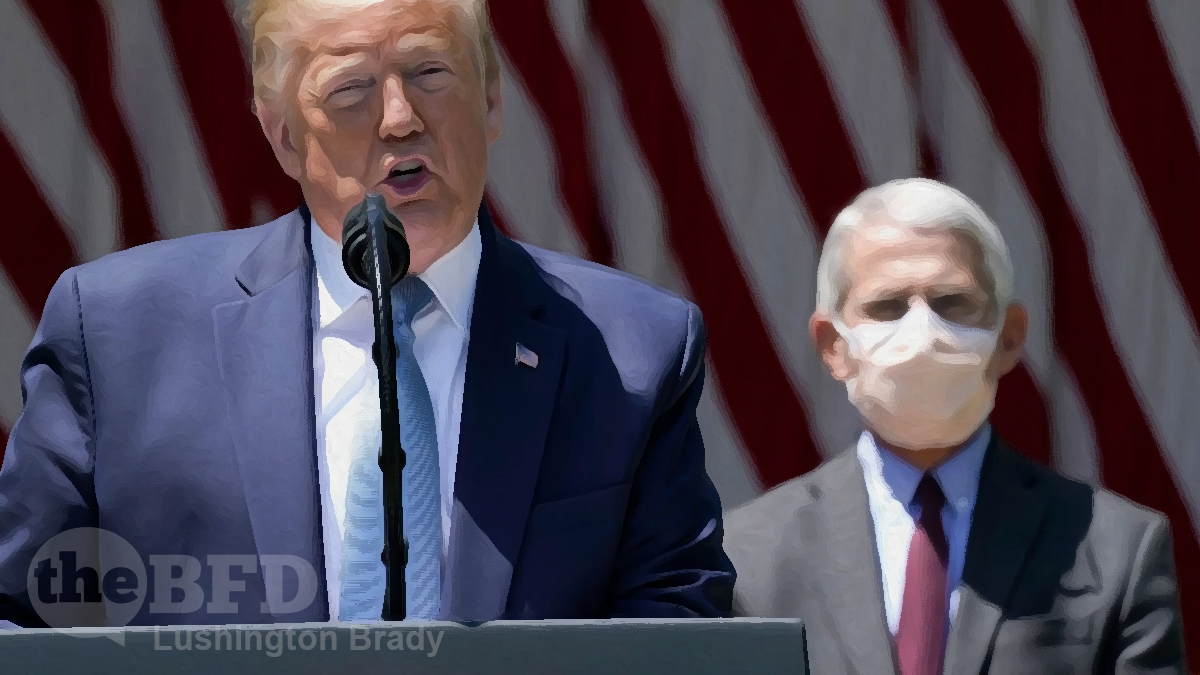Forget all the scare-stories and outright beat-ups about the Covid vaccines. Cherry-picking relatively rare instances of people who get seriously ill or die some time after taking the vaccine is just the mirror-image of “died with Covid”. We know Covid deaths have been grossly exaggerated by simply counting anyone who died with Covid as a “Covid death”. It makes no more sense to count every death with the vaccine as a “vaccine death”.
Vaccines, like any medical treatment, carry an inherent risk. Nothing is 100% safe. So far as can be seen, the risk from the Covid vaccines doesn’t seem that unusual.
The real issue with the Covid vaccines seems to be declining efficacy. This is what’s behind the talk of third booster shots that’s got the anti-vaxxers so hot under the collar. Vaccines for seasonal bugs like the flu, which Covid seems certainly on track to become, naturally lose efficacy over time. Viruses like the ’flu or Covid mutate particularly rapidly. What worked last year is far less effective next year. That’s why we have annual ’flu shots, and why it’s less effective to have your ’flu shot too early in the season.
So rather than a wicked New World Order plot to enslave us all with Bill Gates’s magnets, it seems far more likely that countries like the US and Israel simply rushed into mass vaccination too early. And we can blame at least some of that on former President Donald Trump.
It was Trump, you will recall, who put Operation Warp Speed into action, to quickly develop a vaccine. It may well have been a victim of its own success.
Contrary to the narrative that Trump dragged his heels in responding to Covid, he actually acted remarkably quickly. The Trump administration declared a pandemic and then an emergency in the US far earlier, and with far fewer cases than the Obama administration did with regard to swine flu. Operation Warp Speed – which conservatives used to boast about, remember? – led to vaccine development in remarkably short order.
And that may be the root of the problem of declining efficacy.
Where the problem of declining efficacy may have originated is in determining the most effective dosage for the vaccines. Like Goldilocks’s porridge, serve it too cold and you won’t get as effective an anti-viral dose; too hot and the risk of side-effects becomes much higher.
Compared with Moderna’s competing shot, Pfizer’s vaccine seems to induce half the amount of virus-fighting antibodies, and is associated with nearly twice as many breakthrough infections, according to two recent studies. Pfizer’s shots remain highly protective against hospitalization, but the latest numbers from the CDC suggest that their effectiveness has dropped from 87 percent to 80 percent during the Delta wave, while that of Moderna’s shots remains in the 90s.
Essentially, Pfizer opted for smaller doses at shorter intervals than Moderna: 30 micrograms rather than 100.
It was immediately obvious that the side effects were less intense as a result, but the antibody response might end up being smaller too.
Both shots are effective at reducing the severity of infection; the only difference is their effectiveness against more recent strains like Delta. Especially during such a massive rollout. The difference between 90%, 87% and 80% mightn’t seem much, but when we’re dealing with millions, if not billions of people, it makes for big numbers.
Breakthrough infections are inevitable with any vaccine, too. When the majority of a population is vaccinated, combined with slightly lower efficacy, the inevitable result is relatively high numbers of vaccinated people developing infections – simply because the pool of unvaccinated people is so small to start with. For instance, if one group of 1,000 people have a 10% chance of drawing a short straw, while a second of just 10 people have a 50% chance, then you would on average expect to see 100 of the first group drawing a short straw, compared to just five of the second.
Shane Crotty, the immunologist, said that Pfizer’s dosing might not have been the optimal choice for the durability of an individual’s immune response, but that doesn’t mean it was the wrong decision for public health. “The decision process was very much about what’s the fastest we could vaccinate people and be successful,” he said. There were clearly benefits to stretching out the limited mRNA supply during a pandemic. Three doses of Pfizer, at 30 micrograms each, still amount to less material than a single, 100-microgram dose of Moderna. That means more lives saved for every droplet of vaccine. Indeed, Moderna may have erred in the other direction: The company has now asked the FDA to consider a half dose for its own potential booster.
The Atlantic
Operation Warp Speed was Trump’s signature contribution to the China pandemic. It was a race to develop a vaccine for a new virus. It just may be that, as The Atlantic puts it, that Pfizer, in its all-out sprint to bring the first-ever human mRNA vaccine to market, ended up delivering the second-best product.
But the goal of Operation Warp Speed was to deliver a vaccine as fast as possible. It did that. With the benefit of hindsight, it would have been better had it been developed after Delta, but… hindsight’s always 20/20.
Please share this article so that others can discover The BFD

